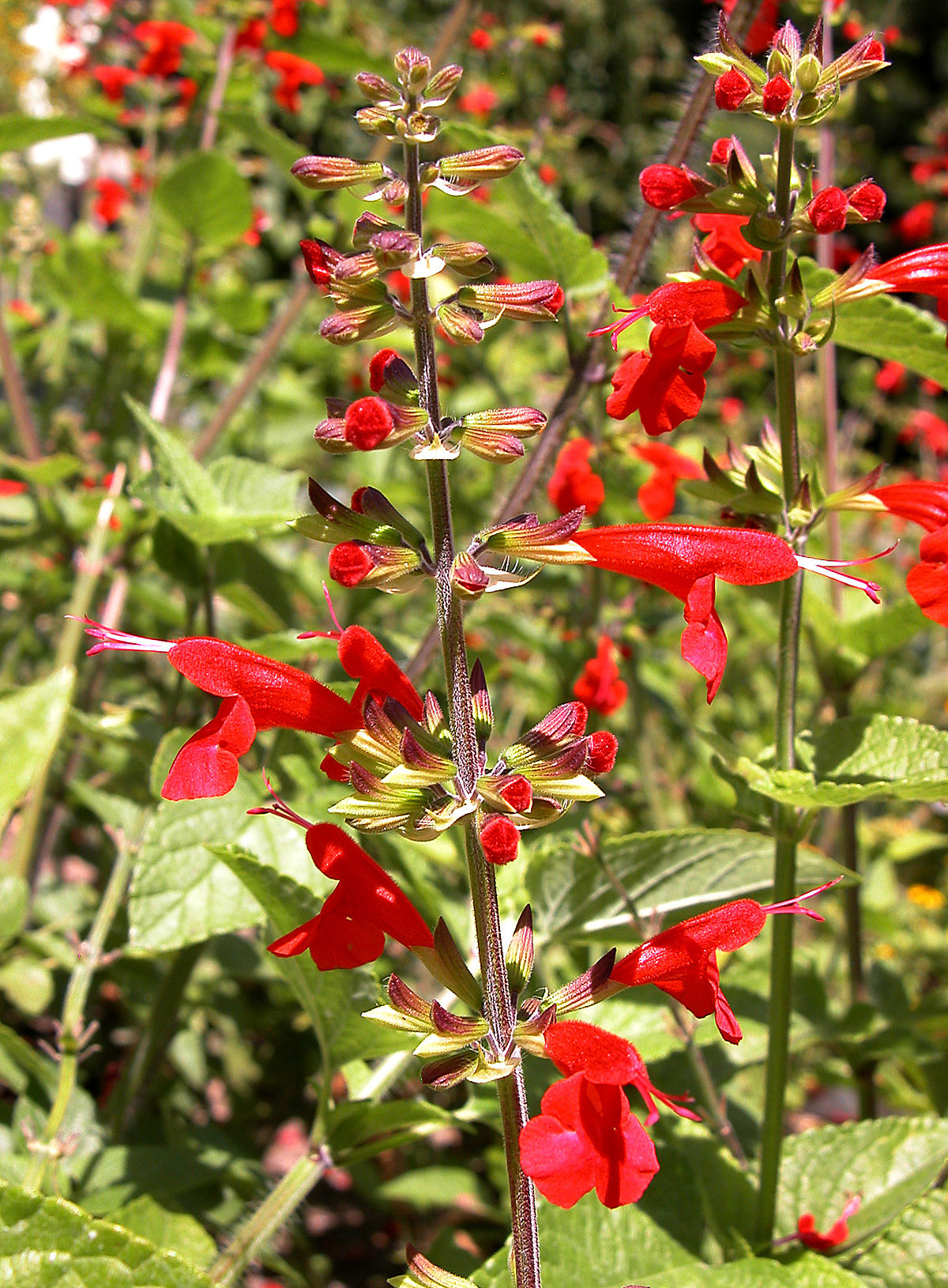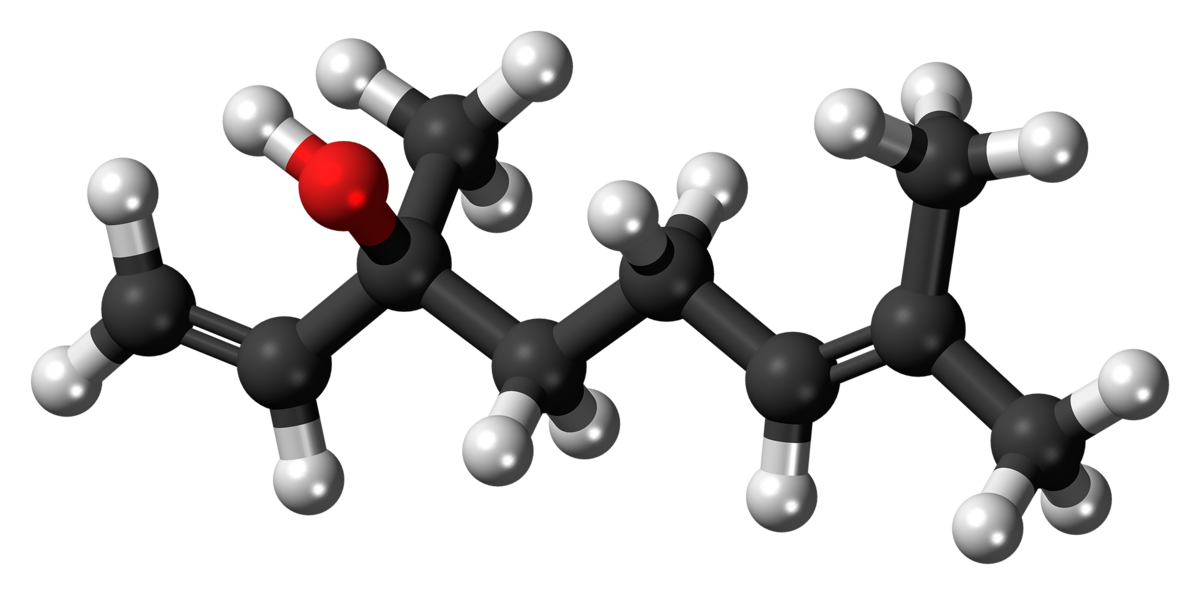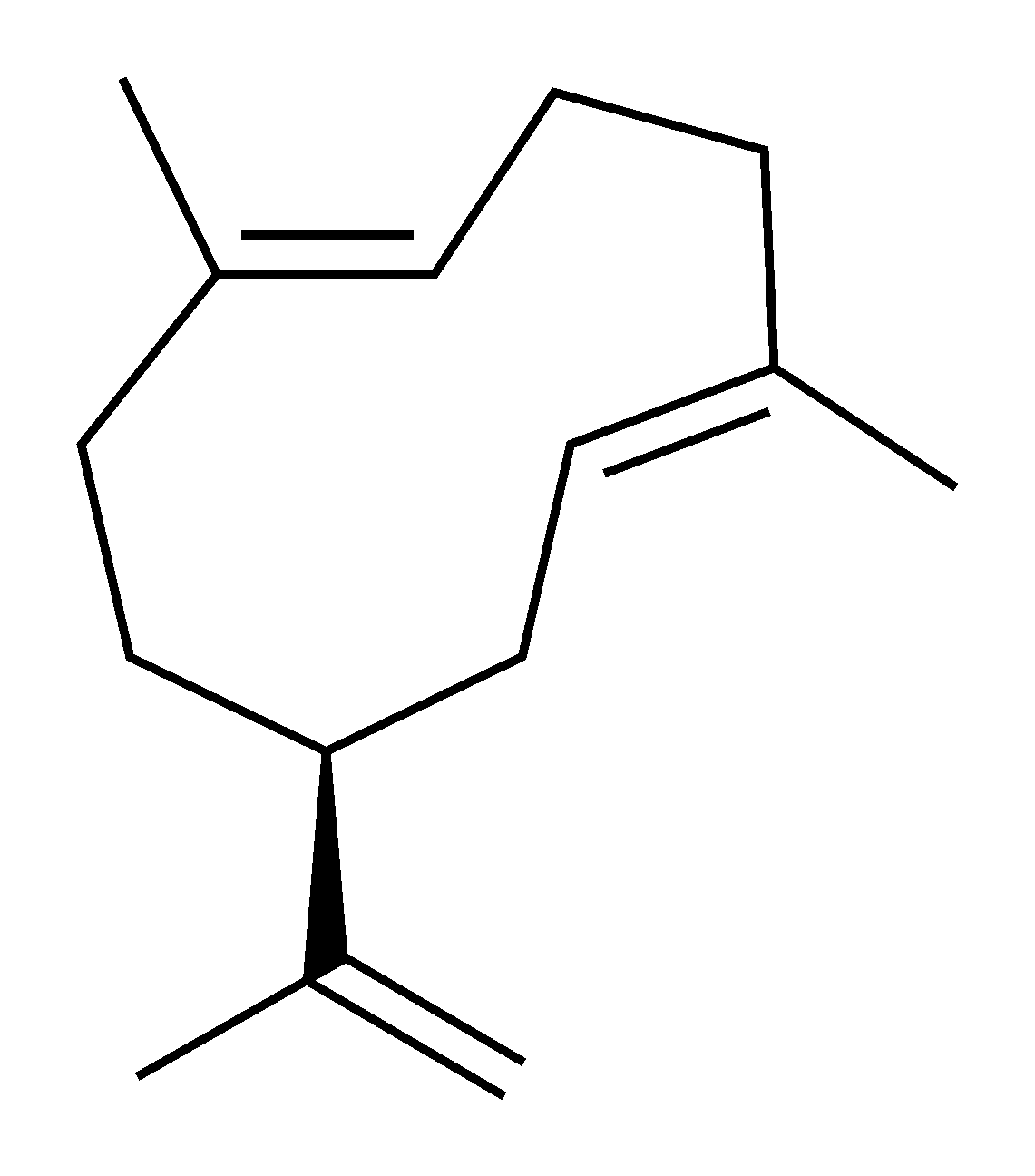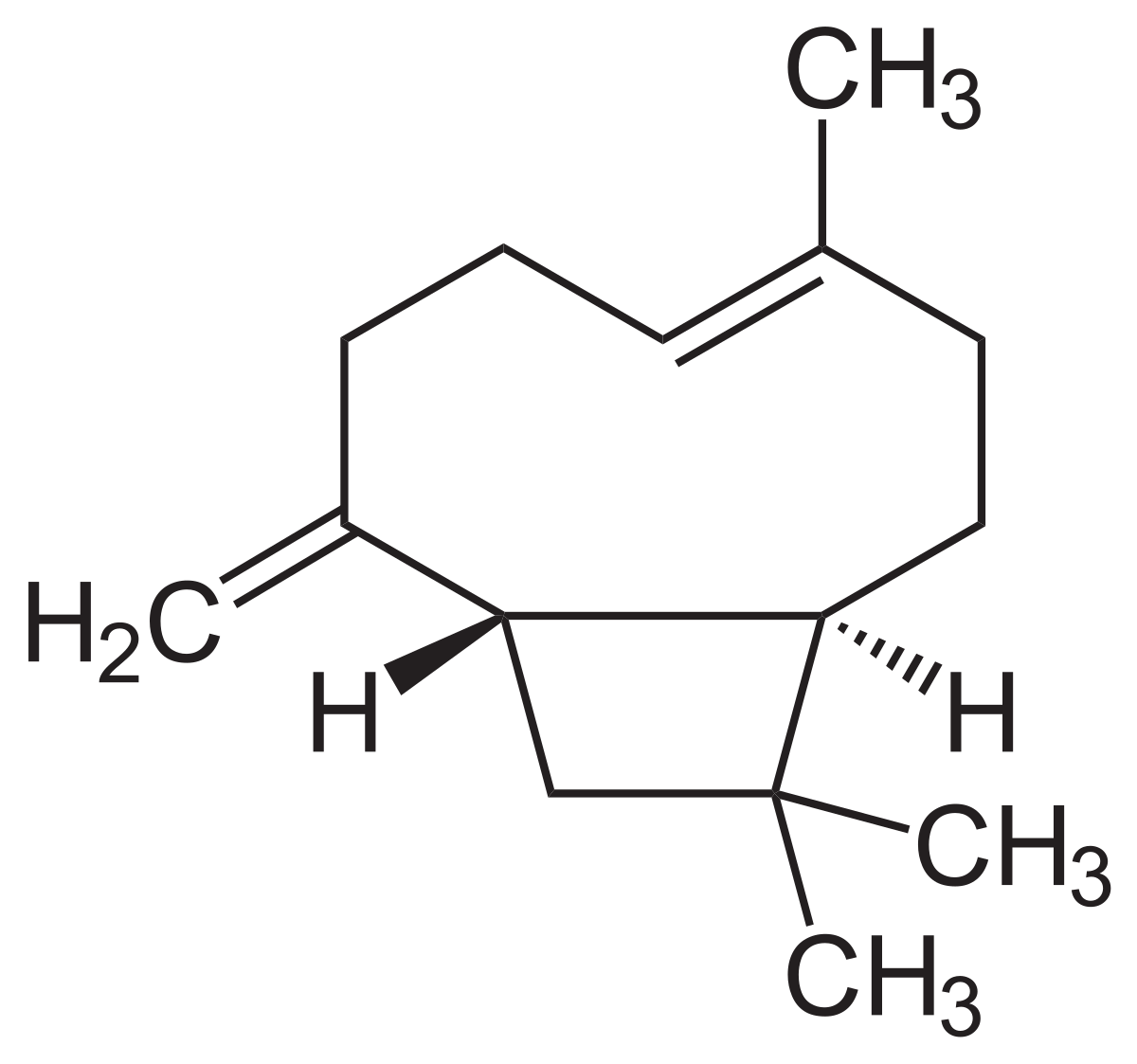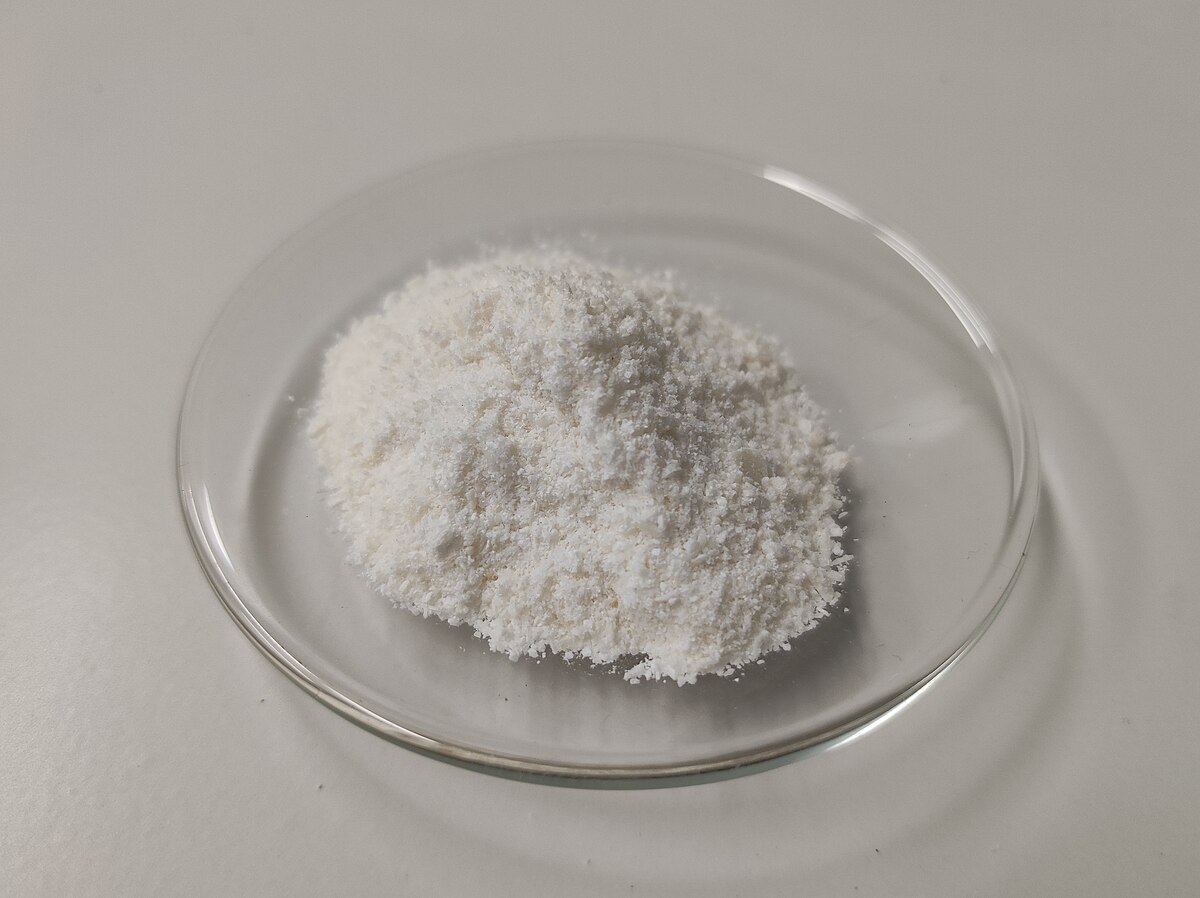Abstract: Salvia coccinea (Lamiaceae) is a promising source of potential antioxidants, and its extracts
can be used in pharmaceutical industry, as well as in food products and cosmetics. Salicylic acid (SA)
affects many physiological and metabolic processes in vascular plants under salinity stress. The aim
of this study was to investigate the response of S. coccinea to either SA, or sodium chloride (NaCl),
or a combination of both. The plants were sprayed with a solution of 0.5 or 1.0 mM SA and watered
with 0, 100, 200, or 300 mM NaCl. Exogenous application of SA increased the number of branches,
fresh herbal weight, and total chlorophyll content vs control plants. Salinity-exposed plants showed
reduced growth, content of photosynthetic pigments total polyphenols, and antioxidant activity.
However, foliar application of SA relieved the adverse effects of 100 mM NaCl, as demonstrated by
increased number of branches, greater fresh herbal weight, higher content of total chlorophyll, total
carotenoids, and total polyphenols, as well as antioxidant potential, detected using ferric-reducing
ability of plasma (FRAP) and 2.20-azino-bis(3-ethylbenzothiazoline-6-sulfonic acid) diammonium salt
(ABTS), compared with untreated plants.
